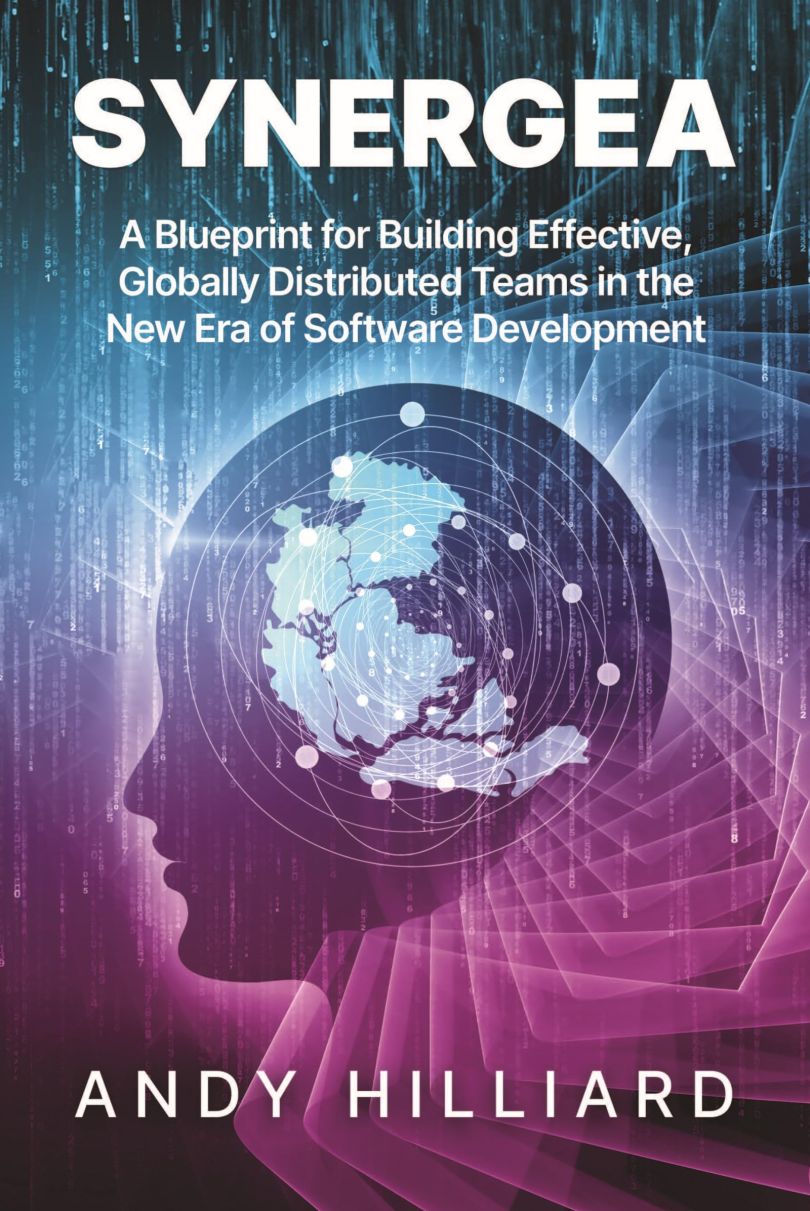Automation through artificial intelligence — and to some extent the low code/no code capabilities that provide simple drag and drop solutions for creating applications — is making it possible for more people in more organizations to take care of some of the smaller software development tasks.
This gives the core development team more room to focus on more important issues, and it also frees up some resources for outsourcing complex and specialized technology work to experts. While companies are still asking how to get faster, leaner and more digital, a new question of how to compete from a capabilities and talent perspective is shining a light on the skills businesses need.
Top Areas Demanding Technical Specialization
- Machine learning.
- Natural language processing.
- Cloud computing.
- Robotic process automation.
- Data science/analytics.
- Internet of Things.
- DevOps.
- Cybersecurity.
Identify the Technologies You Need and Seek Expertise
Spending on these specialized technologies has been increasing across the United States and Europe, as companies look for ways to gain a competitive advantage.
A Deloitte Consulting report from 2021 found that businesses with clear digital strategies and distinguished information technology departments already dedicate less than half their budgets to business operations and only 26 percent to innovation. In three to five years, these businesses plan to continue reducing spending on operations and increasing spending on innovation to 38 percent.
The demand for specialized technology expertise is increasing at businesses in all industries, not just technology companies. And we’re noticing increased interest across the enterprise, not just in IT departments.
In our current era of hyperspecialization, this is the winning strategy: Identify the technologies that will let you stand out and seek the best expertise to help you realize your vision.
Supply Vs. Demand for Technical Skills
I don’t want to overstate this, and you should know that the majority of software development work still relies on core, well-understood technologies, but emerging and specialized technologies are important topics of conversation I have with clients every day. Innovation is becoming a top priority for IT leaders, and they’re asking me how they can find people with skills in advanced, hyperspecialized technologies, platforms and programming languages that are critical to cutting-edge projects.
The biggest problem right now is that the technical skills required to develop and maintain these technologies are in short supply.
The same is true for databases, network development frameworks and other areas of expertise: Technologies that are commonly used are getting cheaper, while the exciting new technologies are getting more expensive as demand grows.
With high rates tied to scarcity, even if you have the money to pay for specialized skills you might not be able to get on anyone’s schedule right away. According to the 2021 Harvey Nash Group Digital Leadership Report, more than 67 percent of IT leaders say that a lack of specialized talent is preventing them from keeping pace with digital change and innovation.
Challenges of Keeping Up to Date
For the last few years, hundreds of thousands of cybersecurity-related positions have been open in the U.S., and the same can be said for other disciplines.
Upskilling internal teams to leverage new technologies is costly and time-consuming, so the only practical option for most companies is to find outsourced talent to meet the demand. This can have the added benefit of letting companies just pay for what they need, as specialized talent is only required on a short-term basis in many cases.
Blending an existing team with a few specialists leads to new ideas and better-than-expected outcomes.
For example, you may need a cloud architect to help you migrate your on-premises systems and support the design of new cloud-based applications. Do you hire someone full time even though you don’t need those skills every day? Could you contract with a more experienced cloud architect on a part-time basis for the same amount of money you could afford to pay a more junior person full time?
The same principles apply for other skills you might only need occasionally, such as deploying IoT devices, building machine learning models and creating blockchain-based applications.
In many ways, hyperspecialization is changing the nature of software development by carving up projects into smaller components that require domain experts at different stages. Development projects need all the software engineers, designers, coders and testers they’ve always needed, but they also require skilled experts in embedded systems, data science, machine learning, cybersecurity and other capabilities to come in on an adhoc basis.
To fill the gaps, most of the outsourcing partners we match with clients are increasing the depth and breadth of their areas of specialization. They’re investing time and money to recruit developers with specialized expertise, train their own developers in new and emerging technologies and keep their developers up to date as the technologies evolve.
How Software Architecture Is Becoming Hyperplexed
The areas that are seeing the most activity these days are fairly predictable. Any technology associated with cloud-orientated services is receiving huge attention, along with quality assurance automation, DevOps, robotic process automation and AI.
If you’re lucky enough to find the specialists you need, their knowledge can help you drive the development of new and innovative solutions that push the boundaries of what’s possible. They can also give your existing team members a chance to learn about something new by collaborating with experts in emerging technologies. In many cases I’ve seen, the blending of an existing team with a few specialists has created exciting synergies that have led to new ideas and better-than-expected outcomes.
The key is finding the right balance between people who have specialized skills and those who can work across multiple technologies and integrate different systems.
Core backend financial, e-commerce and operational systems continue to require the efforts of large teams of developers skilled in everything from C++ and .NET to Java and Ruby on Rails, but the move to cloud platforms, the rise of Software-as-a-Service and the impact of emerging technologies have created a demand for more complex software requirements.
Software architecture is evolving to be “hyperplexed, by which we mean that they will have to support many widely distributed software applications, several different types of devices and new user experiences and interfaces,” according to a recent Boston Consulting Group report.
BCG asserts that the growing use of AI, robotics, AR/VR, IoT and 5G networks is creating a pressing need for the next generation of software architectures. “On the one hand, the new technologies have developed platforms and tools that will help solve difficult problems cheaper and faster than ever before,” the BCG report says. “On the other hand, they have greatly increased the complexity of software architectures, forcing companies to rethink how they develop software.”
Focus on Multinational Teams and Outsourcing
Consider the skills needed to support blockchain technology development. Blockchain developers can utilize well-established languages like Java, Python and C++ that boast large-scale libraries, long community support history and enormous installed user bases, but new languages are emerging to address hyper-targeted programming needs.
 Solidity, for example, is a top blockchain coding option because of its proficiency in developing decentralized applications and its contract orientation. GoLang is a compiled multi-threaded programming language that allows different processes to run simultaneously across multiple blockchain parts, fueling its popularity in the non-fungible token marketplace.
Solidity, for example, is a top blockchain coding option because of its proficiency in developing decentralized applications and its contract orientation. GoLang is a compiled multi-threaded programming language that allows different processes to run simultaneously across multiple blockchain parts, fueling its popularity in the non-fungible token marketplace.
As complexity continues to increase, and as humans continue to be attracted to the next big thing, companies will have to fill a growing need for specialized skills that will be difficult to procure, while at the same time maintaining investments in legacy technologies.
While this type of balancing act isn’t easy, companies that have an ability to manage multinational teams and have had successful relationships with outsourcing partners will be in the best position to succeed.
Excerpted from Synergea: A Blueprint For Building Effective, Globally Distributed Teams In The New Era Of Software Development by Andy Hilliard. © 2024, Andy Hilliard. All rights reserved. Published by Accelerance, Inc., Redwood City, California.





